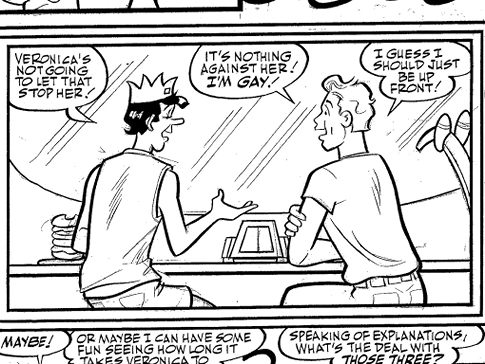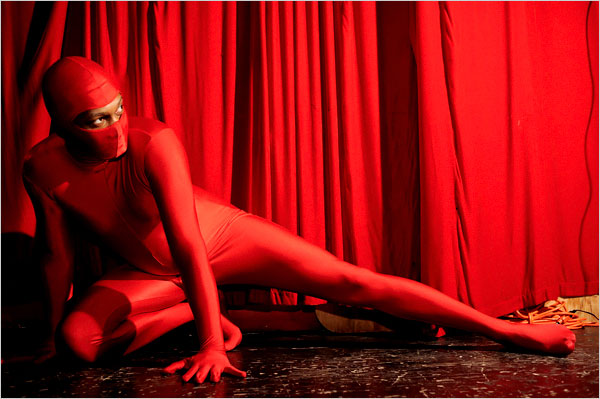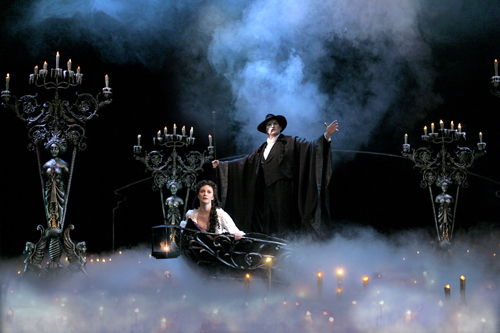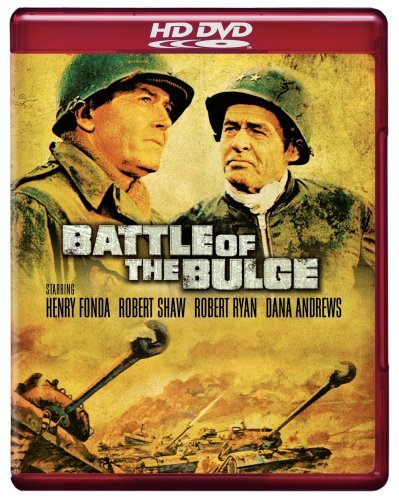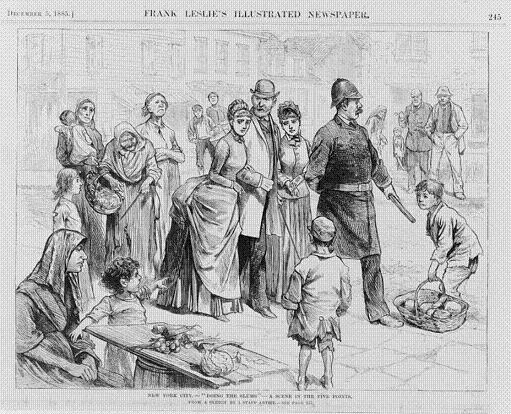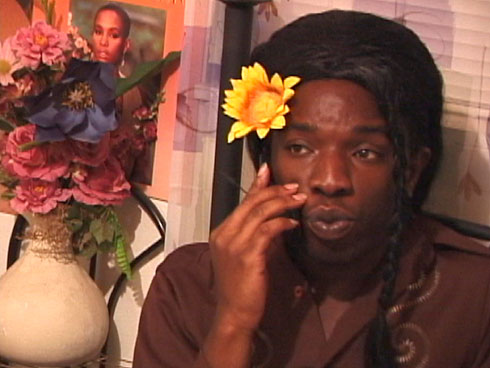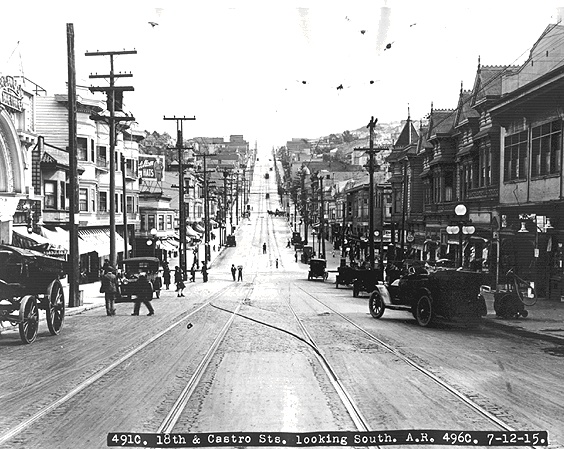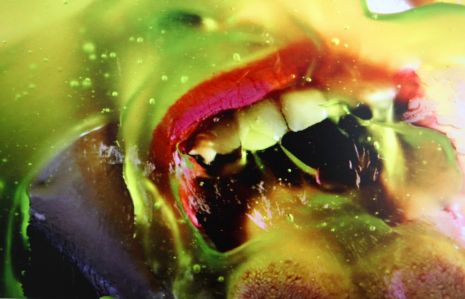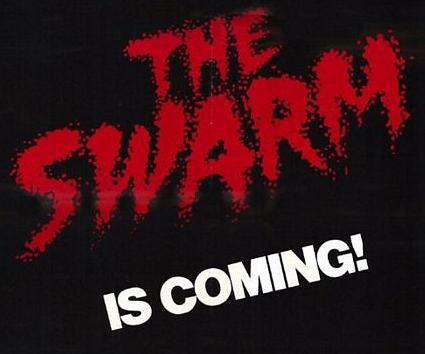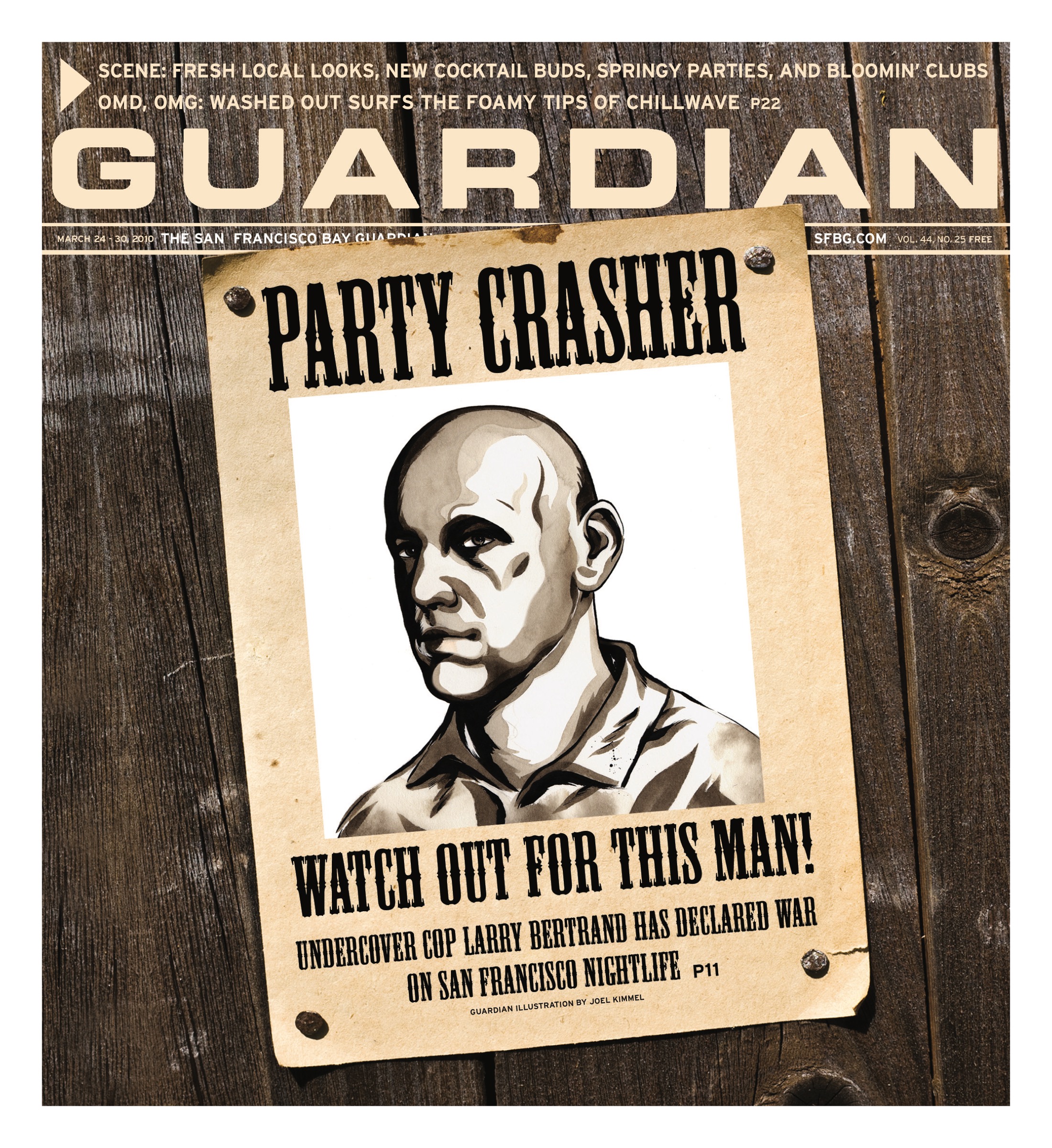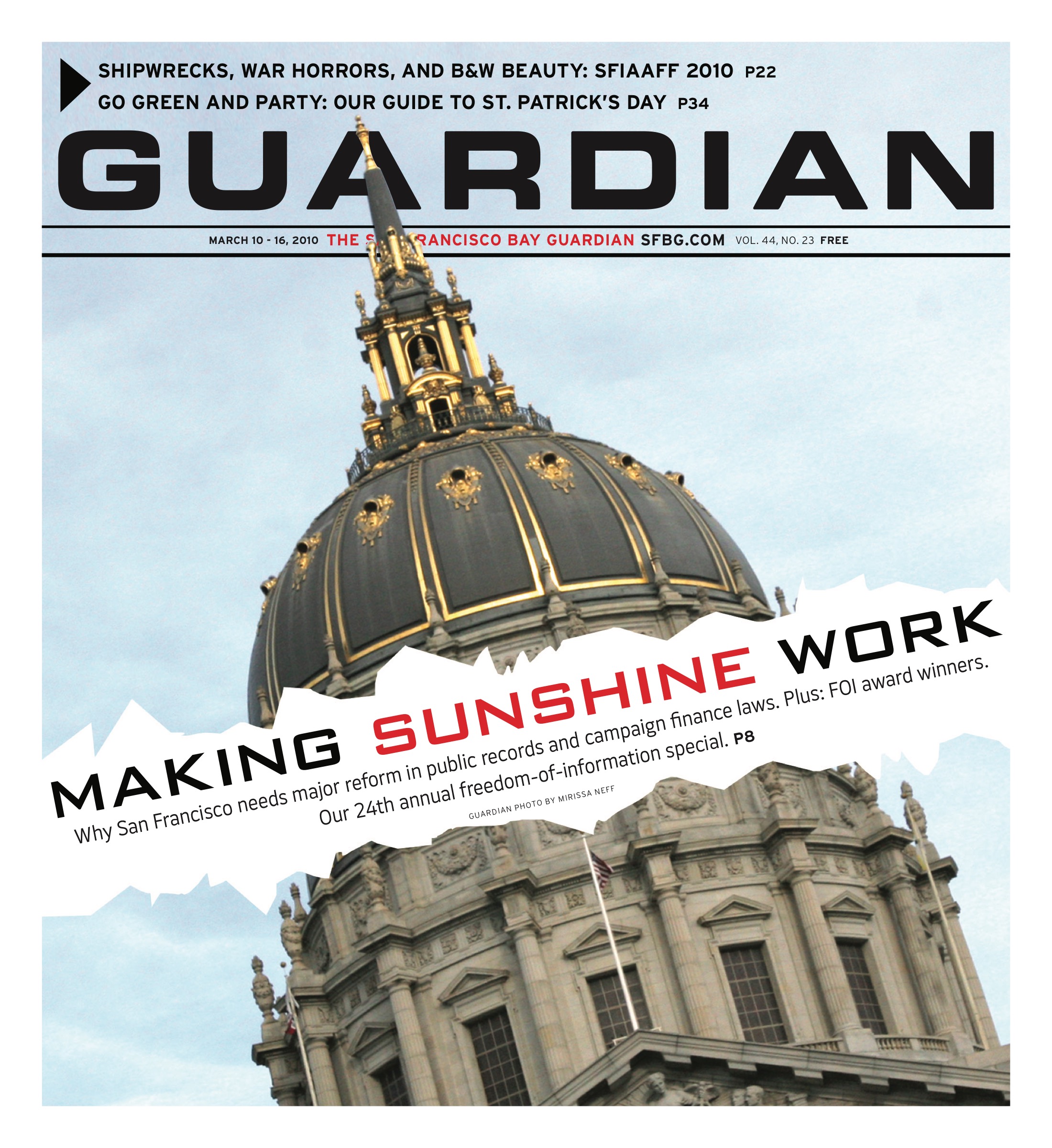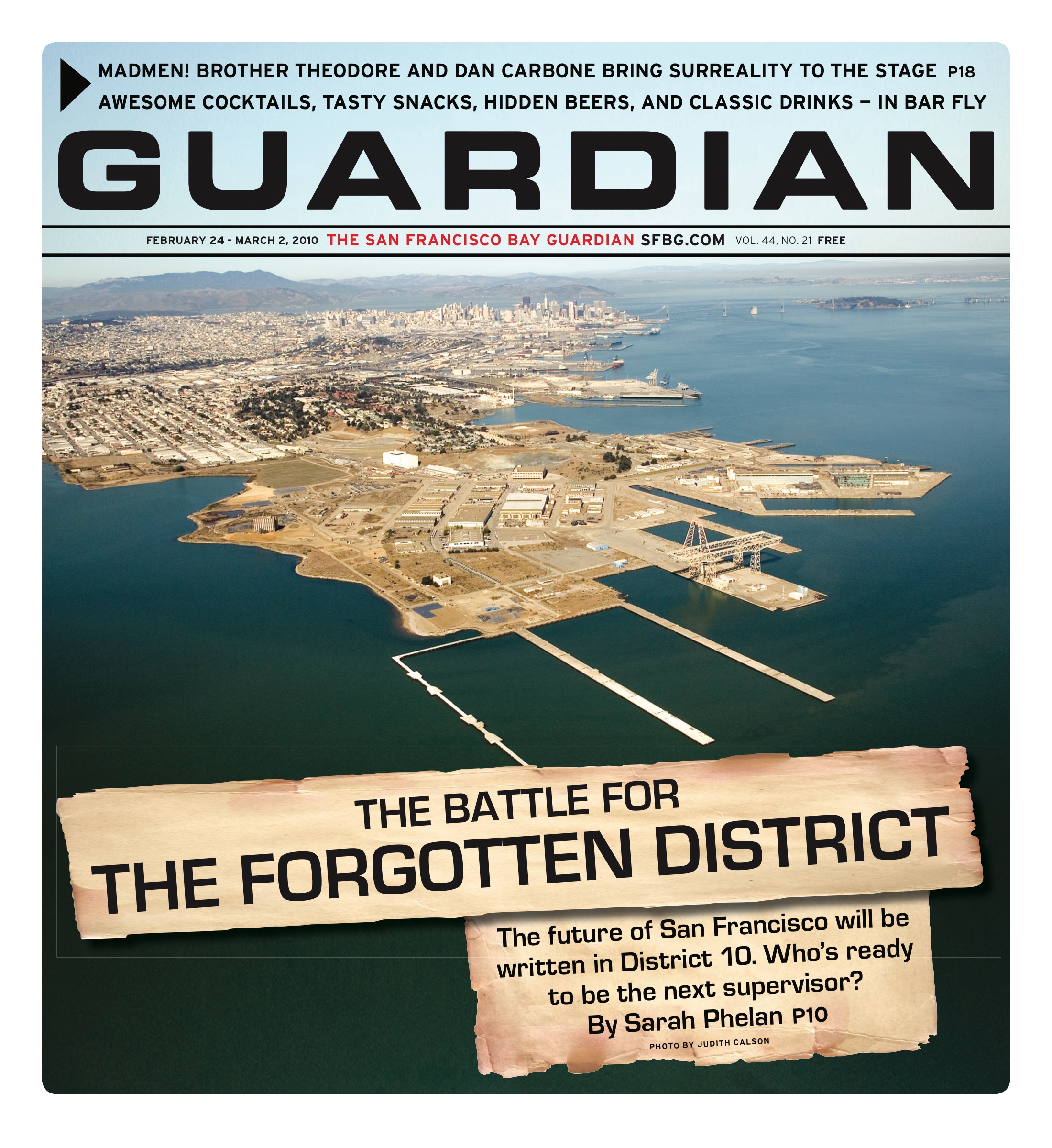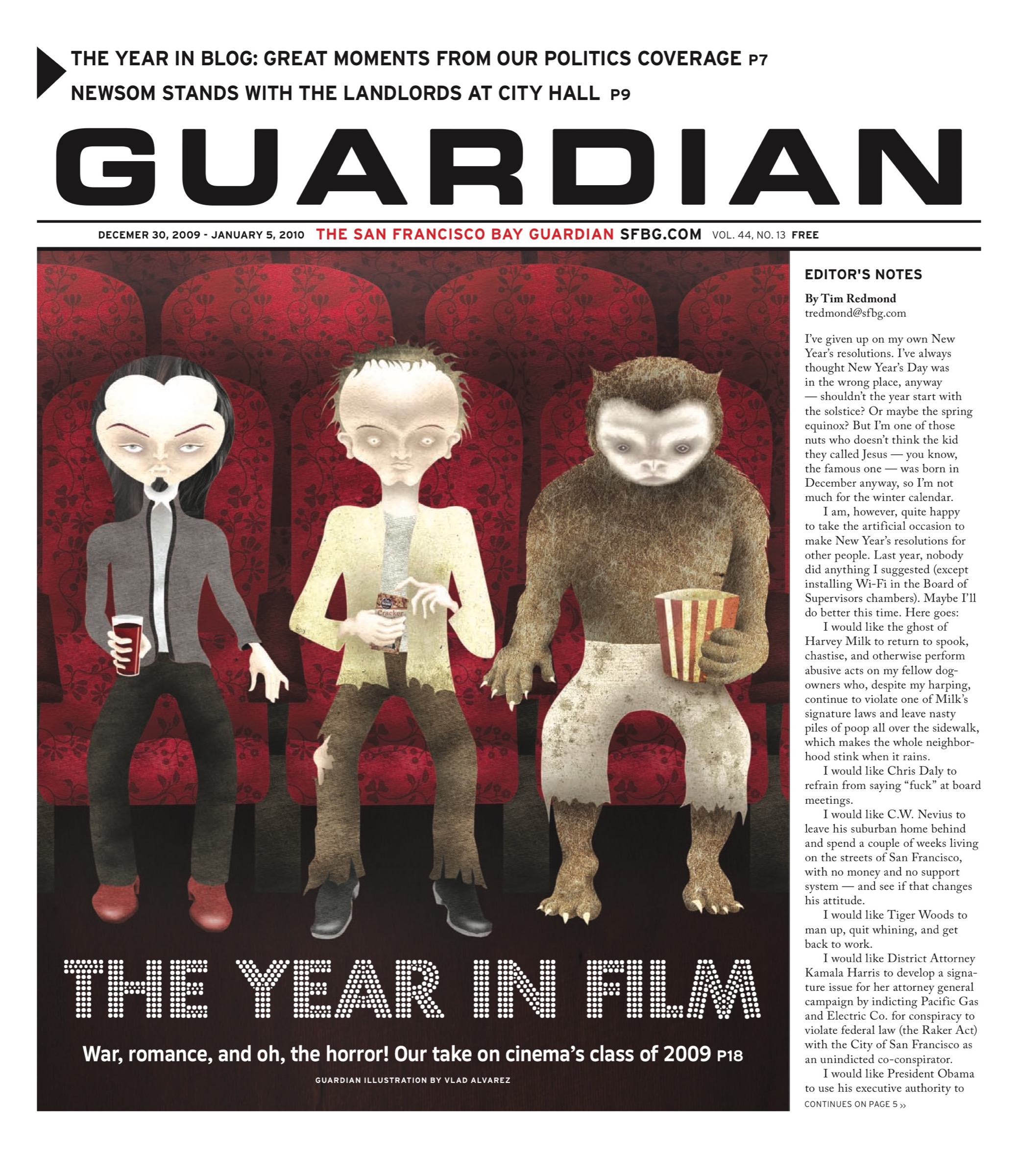arts@sfbg.com
VISUAL ART Tucked into the first floor corner of Berkeley Art Museum’s Matrix gallery, Ahmet Ögüt’s Exploded City — installment 231 in the MATRIX series — doesn’t look like much at first glance. Originally commissioned for the Turkish Pavilion at the 2009 Venice Biennale, the installation centers around a mini-metropolis of meticulously constructed scale models of buildings arranged on concrete risers. On closer inspection, you notice that high-rise hotels abut mosques, and what look to be modest earthenware homes stand next to towering, anonymous office buildings. There is even a train, far below, that sits unmoving on tracks that loop between the risers.
What unites the buildings, sites, and vehicles of Exploded City is that all have figured in acts of violence and terrorism over the past two decades. A large, clear plastic legend features renderings of each structure and vehicle located in the model, along with its name, real world locale, and the date(s) it was subject to attack. From the Europa Hotel in Belfast, Ireland, which was damaged 33 times by Provisional IRA bombs between 1972-94, to most recently, the Oberoi, Trident in Mumbai, which was taken over in the 2008 terrorist attacks on that city, Ögüt has assembled a condensed, three-dimensional map of terrorism’s far-reaching geography.
I think it’s safe to say that most of us wouldn’t be able to identify by sight many of the buildings Ögüt has selected, or be able to piece together what grim distinction they all share. It is an ignorance set into relief by constantly going between the model and the wall key, connecting a particle board and plastic stand-in to some real life tragedy, the details of which we can only ascertain through our own empathetic imaginations. (Ögüt doesn’t give any information about how many unsuspecting people were killed at each site, or for which cause others willingly gave their lives.)
This makes the absence of the Twin Towers from Exploded City all the more pointed (the Oklahoma Federal Building is included). Ögüt’s decision to sidestep what has become a fetish object for the right wing — one that the Bush administration used to justify the atrocities depicted in Fernando Botero’s Abu Ghraib paintings, also currently on view at BAM — and instead focus on those sites which history has perhaps already forgotten, such as the two Afghani homes that were both accidentally bombed during wedding receptions, is a humbling reminder that no country or philosophy has a purchase on tragedy.
At the same time, Exploded City is not simply a necropolis. Ögüt has referred to his piece as a “3-D archive,” an index to be searched through and activated, rather than as, say, a memorial. Perhaps in a nod to its first Venetian home, a second, lengthy wall text describes the installation from the point of view of Marco Polo in Italo Calvino’s 1972 book Invisible Cities, in which Polo spends his days recounting fantastic cities from his voyages to the Kublai Khan. “This city is from the future,” Ögüt’s text reads. “Those who live there have emigrated from faraway lands, with dreams of traveling to the future. When they realized that there was no finding the future, they decided to build this city.”
A city of the future imagined by inhabitants whose real world futures would invariably be violently curtailed, Exploded City is a utopia in all senses of the word: an ideal that can never exist. Ögüt’s Polo describes meeting residents who can detail the exact manner in which they will die, and yet, it is implied, more will come to the site of the Exploded City to rebuild over their remains and the cycle will start anew. Ögüt’s model city captures that moment in freeze-frame, following the advice for survival that Calvino’s Polo dispenses at the novel’s end: “See and learn to recognize who and what, in the midst of the inferno, are not inferno, then make them endure, give them space.”
AHMET ÖGÜT: EXPLODED CITY/MATRIX 231
Through April 11, $5–$8 (free for Berkeley students/staff, and children under 12)
Berkeley Art Museum
2626 Bancroft, Berk.
(510) 642-0808
www.bampfa.berkeley.edu



